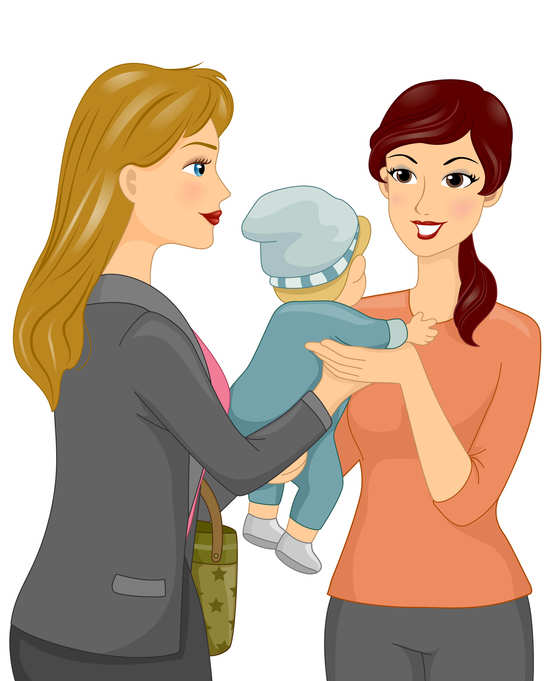
Did you know that under current law, any family or individual who pays a household employee more than $2,000 (2016) a year must withhold and pay Social Security and Medicare taxes, also known as FICA. The law mandates that all domestic workers, such as cooks, nannies, housekeepers and gardeners, are subject to this combination of tax types known as the “nanny tax.” Federal unemployment insurance taxes must also be paid if the household pays any number of employees a total of $1,000 or more in a calendar quarter.
As this entry in Wikipedia notes, the "nanny tax" is comprised of a combination of taxes you withhold from your employee and the taxes you pay as the employer. Typically, you'll withhold Social Security and Medicare (collectively known as FICA) and federal and state (where applicable) income taxes from your domestic worker/employee each pay period. You'll also pay a matching portion of FICA, as well as federal and state unemployment insurance taxes.
According to Care.com, you, as the employer, in order to properly pay what you owe in nanny taxes and satisfy your obligation, will need to collect the following:
-
ID numbers: You need both the federal and state tax identification number in order to report your nanny taxes. You can get your federal employer identification number (FEIN) from the IRS and use this number to obtain your state identification number from the appropriate tax agency in your state.
-
Payroll info: You need to accurately calculate your employee's gross pay, calculate the taxes withheld, and track the corresponding employer taxes each pay period.
-
Forms:
-
You must provide your nanny with a Form W-2 by the end of January each year.
-
You need to file any required year-end forms with the state (where applicable), as well as Form W-3 and Form W-2 Copy A with the Social Security Administration.
-
You need to prepare a Schedule H and file it with your federal income tax return.
-
Quarterly filings:
-
You should file state tax returns, typically on a quarterly basis.
-
You should send 1040 estimated payments to the IRS four times per year.
The employee, or nanny, should provide the employer with the following:
-
A Social Security number or an ITIN;
-
A completed Form I-9 with proper identification; and,
-
A completed federal W-4 form and corresponding state income tax withholding form (if you live in a state with income taxes).
Are there any exceptions to the general rule of who is an employee?
If the babysitter is the taxpayer's parent, spouse, or if the babysitter is under 18 and is not primarily engaged in the household employment profession, the nanny tax does not apply. Investopedia encourages the use of an agency as another way to avoid the nanny tax pitfall:
Another way for taxpayers to avoid dealing with the nanny tax is by hiring household help through an agency. The agency will then be the employer and be the one who pays the nanny tax. Also, if household helpers are officially self-employed, they will be responsible for paying their own taxes and the taxpayer will not have to worry about the nanny tax.
Who else could qualify as an employee for the purpose of the nanny tax?
It depends on whether what you’ve paid these people exceeds the applicable dollar threshold. That sweet old lady across the street whom you pay to pick up your child from the school bus stop and watch them for an hour until you get home from work? She counts. So does that gardener you pay for three hours of work three times a month to make sure your lawn stays well manicured.
Refer to Topic 756, “Employment Taxes for Household Employees,” for additional information on the topic provided by the Internal Revenue Service.
